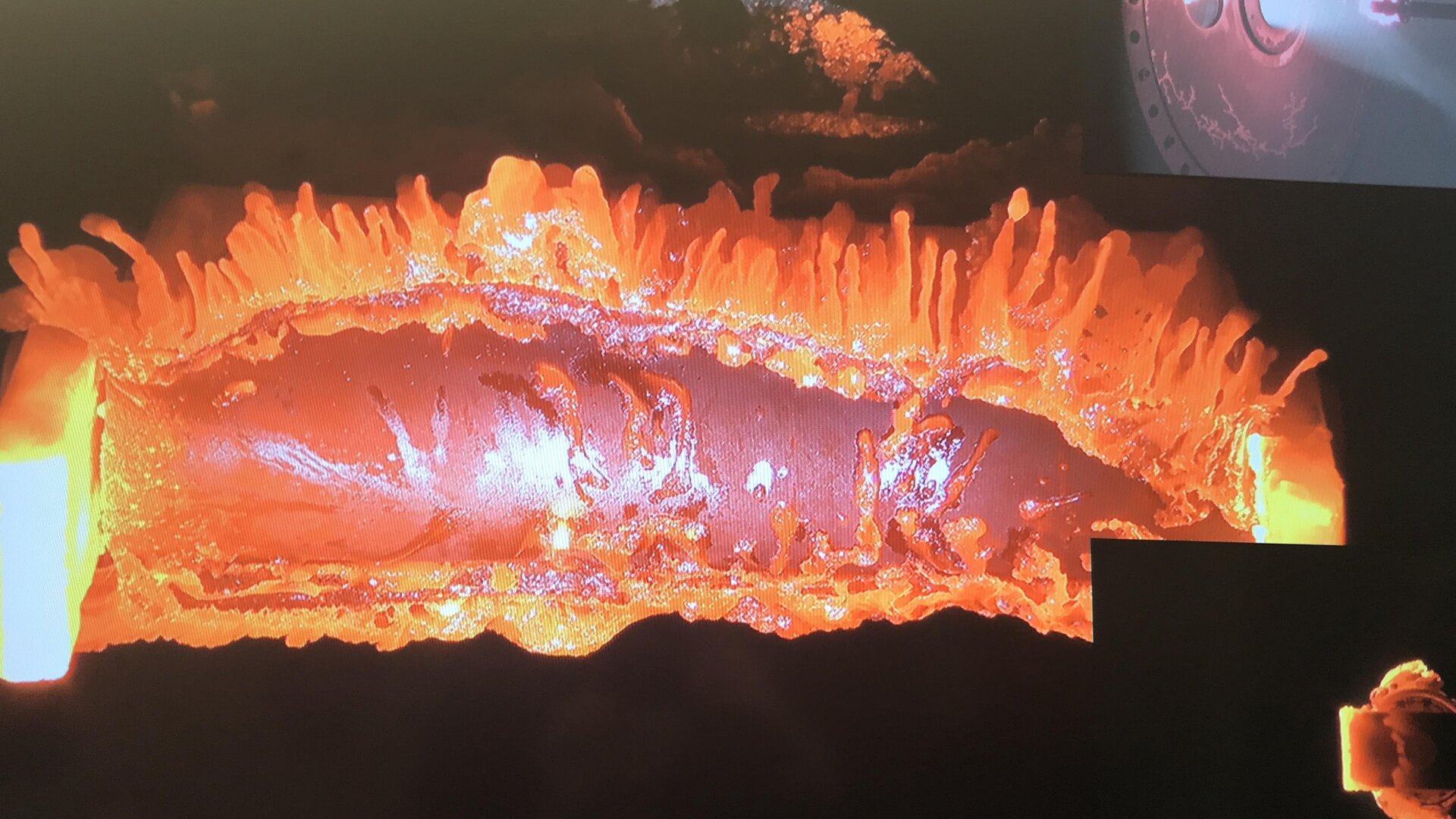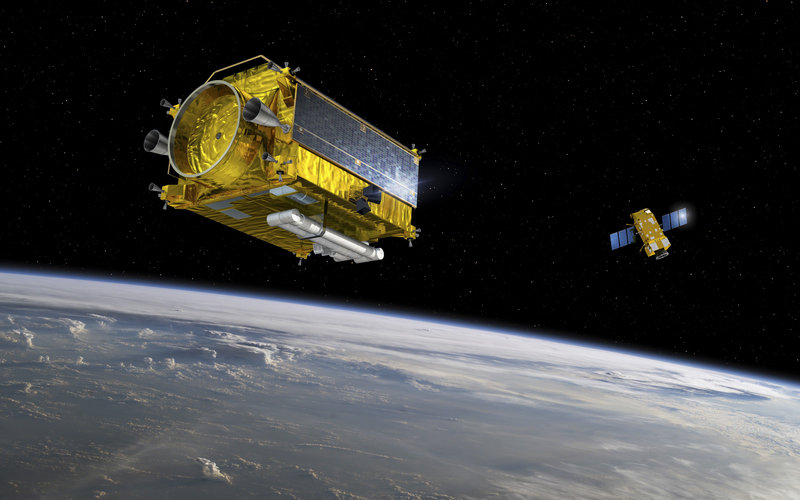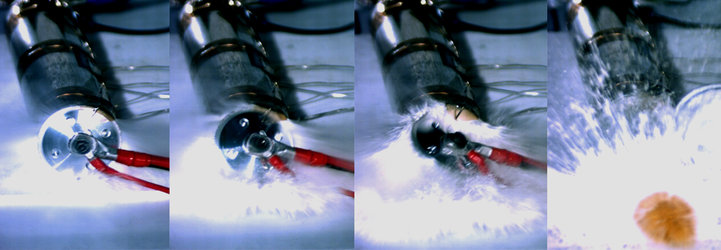Melting a satellite, a piece at a time
Researchers took one of the densest parts of an Earth-orbiting satellite, placed it in a plasma wind tunnel then proceeded to melt it into vapour. Their goal was to better understand how satellites burn up during reentry, to minimise the risk of endangering anyone on the ground.
Taking place as part of ESA’s Clean Space initiative, the fiery testing occurred inside a plasma wind tunnel, reproducing reentry conditions, at the DLR German Aerospace Center’s site in Cologne.
The test subject was a 4 by 10 cm section of magnetotorquer, designed to interact magnetically with Earth’s magnetic field to shift satellite orientation.

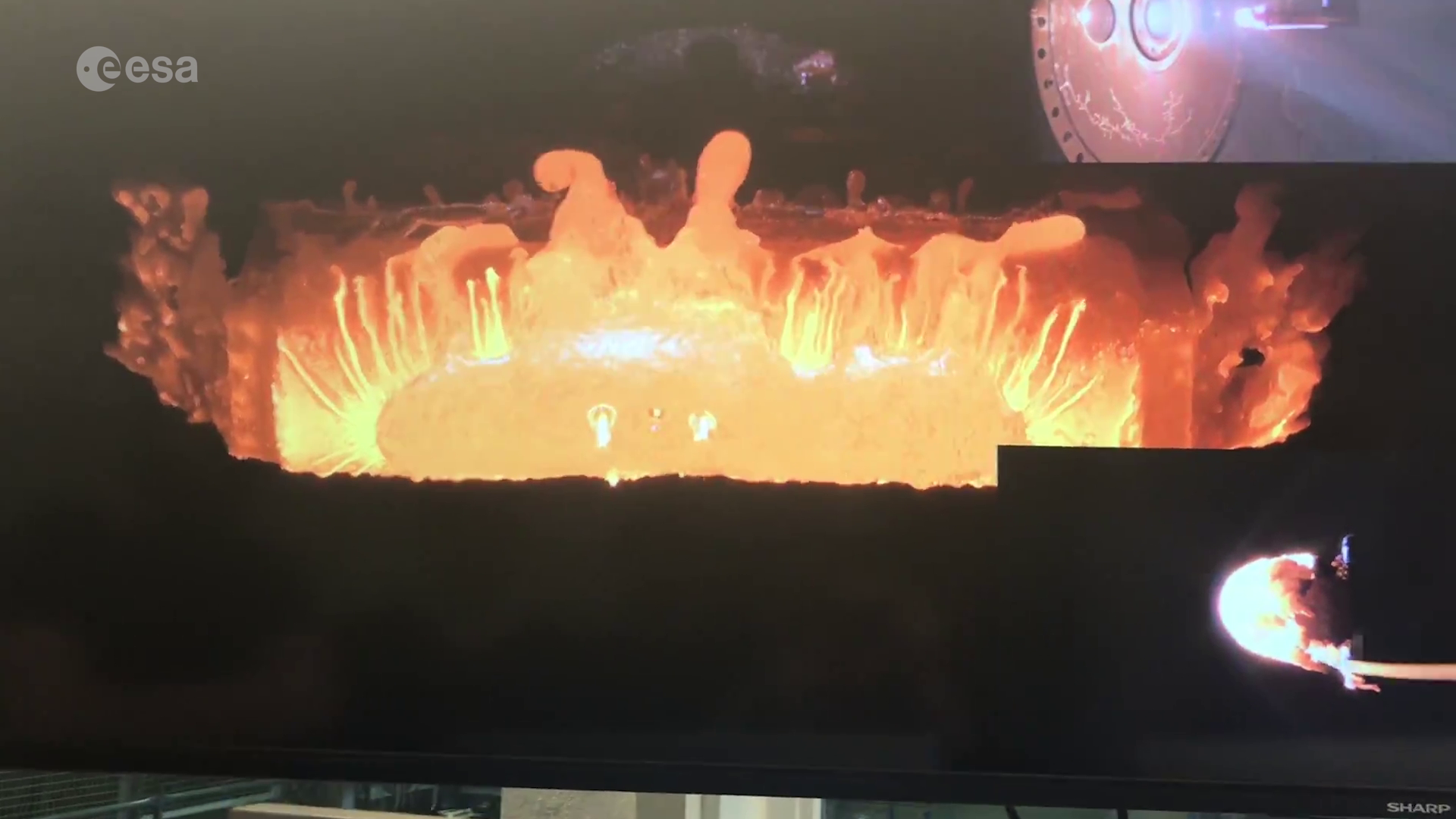
Access the video
Made of an external carbon fibre reinforced polymer composite, with copper coils and an internal iron-colbalt core, this rod-shaped magnetotorquer was heated to several thousands of degrees Celsius within the hypersonic plasma.
ESA Clean Space engineer Tiago Soares explains: “We observed the behaviour of the equipment at different heat flux set-ups for the plasma wind tunnel in order to derive more information about materials properties and demisability. The magnetotorquer reached a complete demise at high heat flux level.
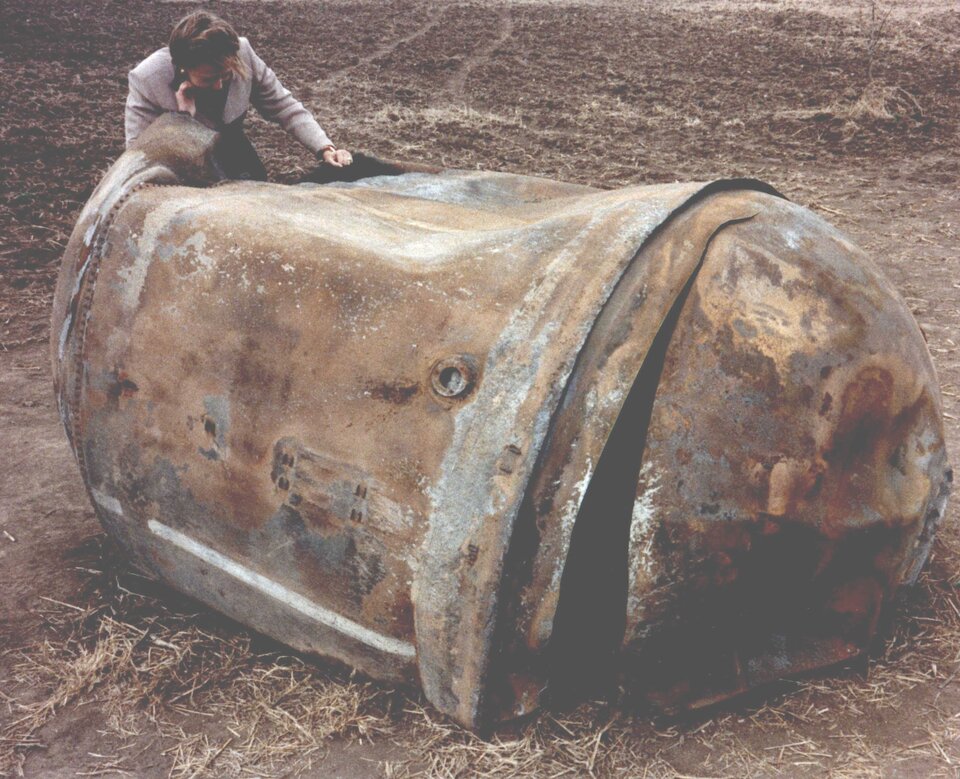
“We have noted some similarities but also some discrepancies with the prediction models.”
In theory reentering space hardware is burnt up entirely in the course of plunging through the atmosphere. In practice some pieces can make it all the way down to Earth – some of them big enough to do serious damage.
In 1997, for instance, Texans Steve and Verona Gutowski were woken by the impact of what looked like a “dead rhinoceros” just 50 m from their farmhouse. It turned out to be a 250 kg fuel tank from a rocket stage.
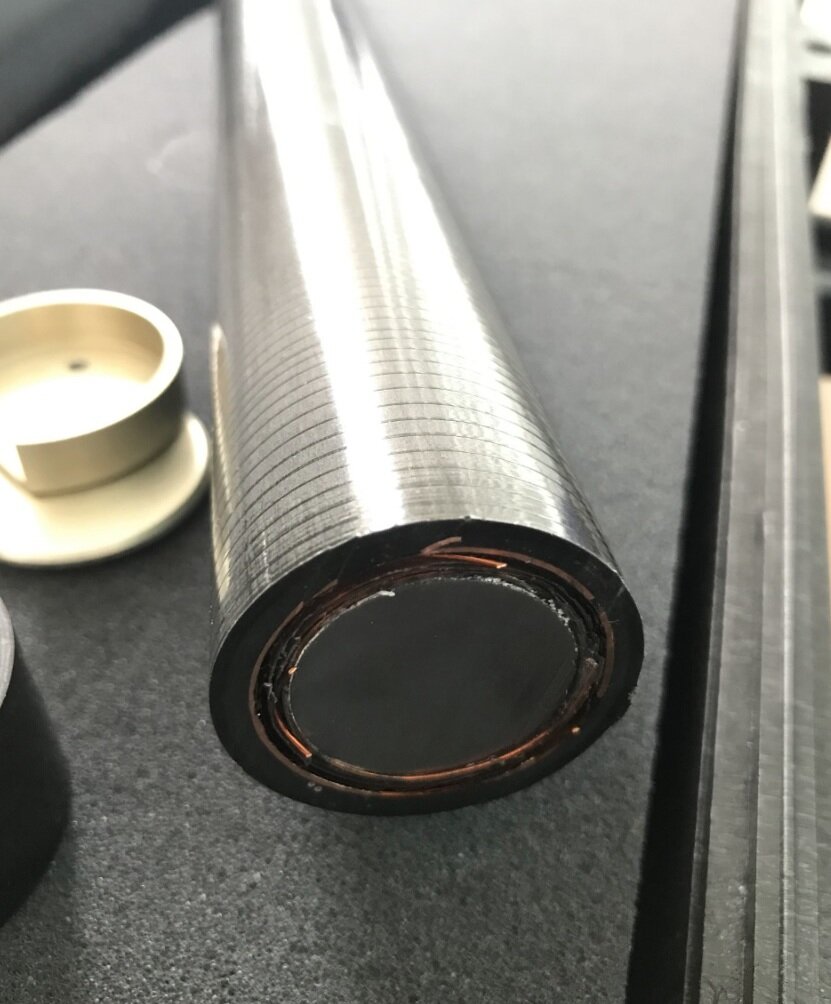
Modern space debris regulations demand that such incidents should not happen. Uncontrolled reentries should have a less than 1 in 10 000 chance of injuring anyone on the ground.
As part of a larger effort called CleanSat, ESA is developing technologies and techniques to ensure future low-orbiting satellites are designed according to the concept of ‘D4D’ – design for demise.
Previous studies have identified some satellite elements which are more likely to survive the reentry process. Along with magnetotorquers these include optical instruments, propellant and pressure tanks, the drive mechanisms operating solar arrays and reaction wheels – spinning gyroscopes used to change a satellite’s pointing direction.
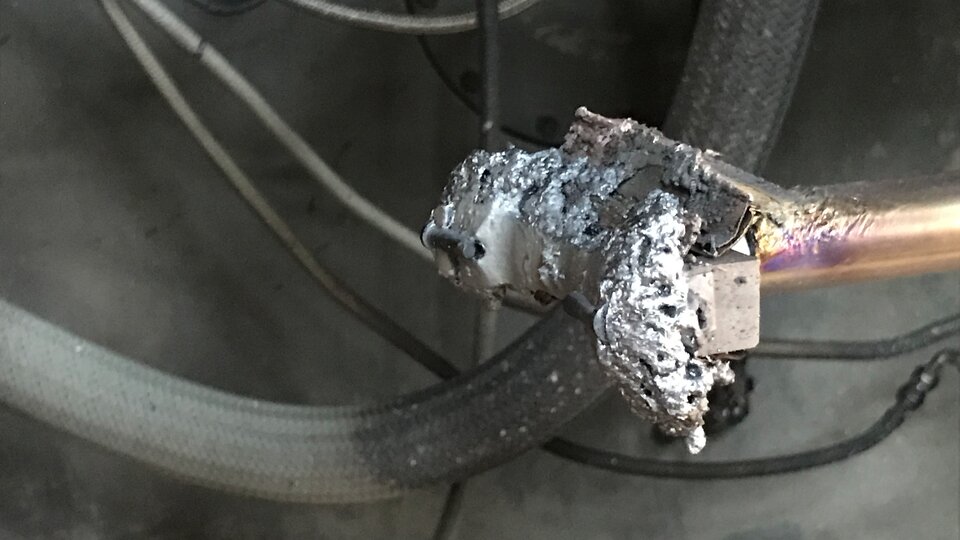
A big source of uncertainty in the demise process is the tendency for parts to fragment, generating multiple items of debris and driving up the casualty risk. Basically put, the more pieces in play, the higher the overall casualty risk estimation.
This test activity, carried out with UK-based Belstead Research as well as DLR, is helping fill gaps in knowledge of reentry behaviour with practical simulations. Portuguese company LusoSpace provided a magnetotorquer for testing.


Access the video


